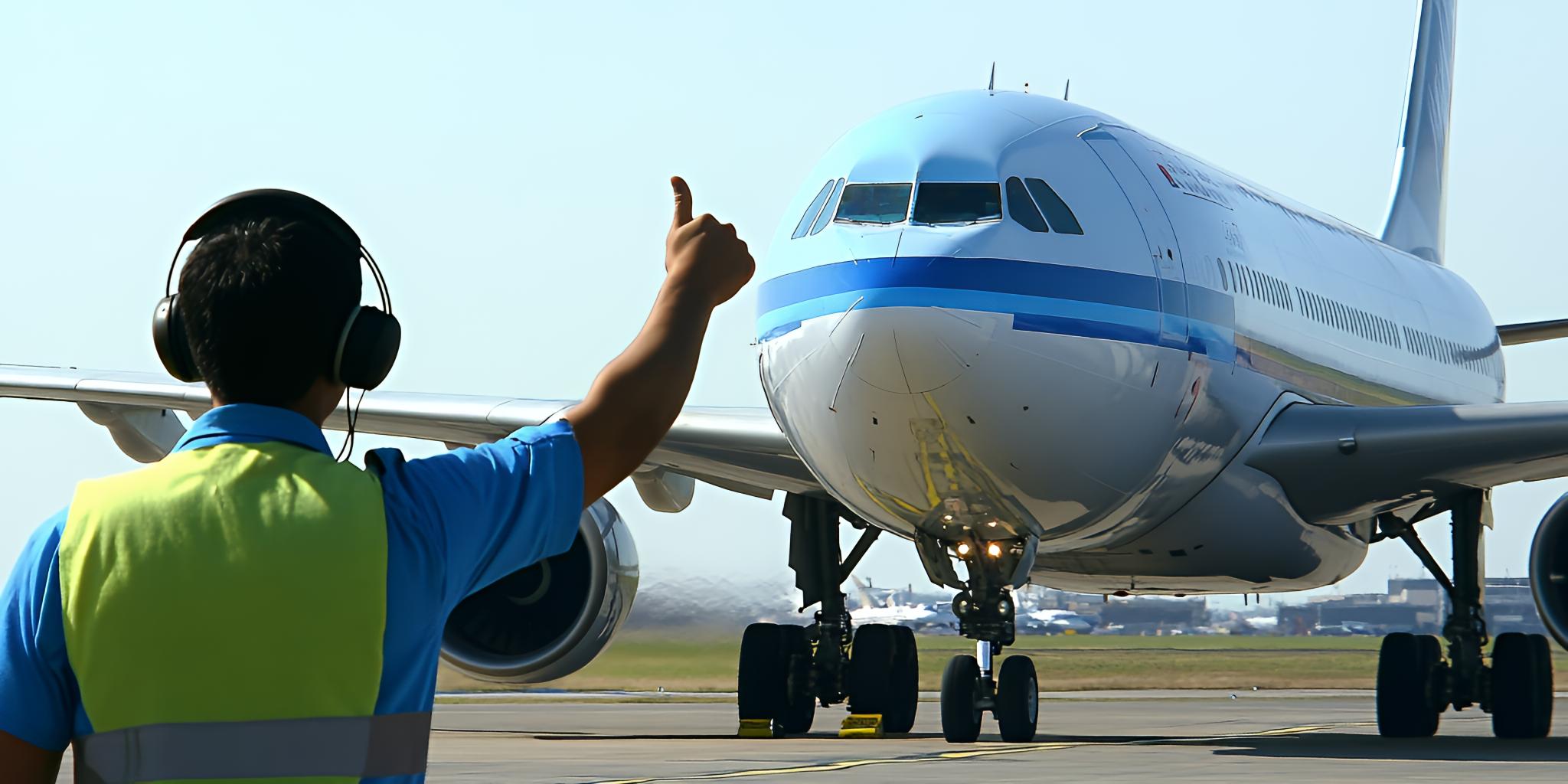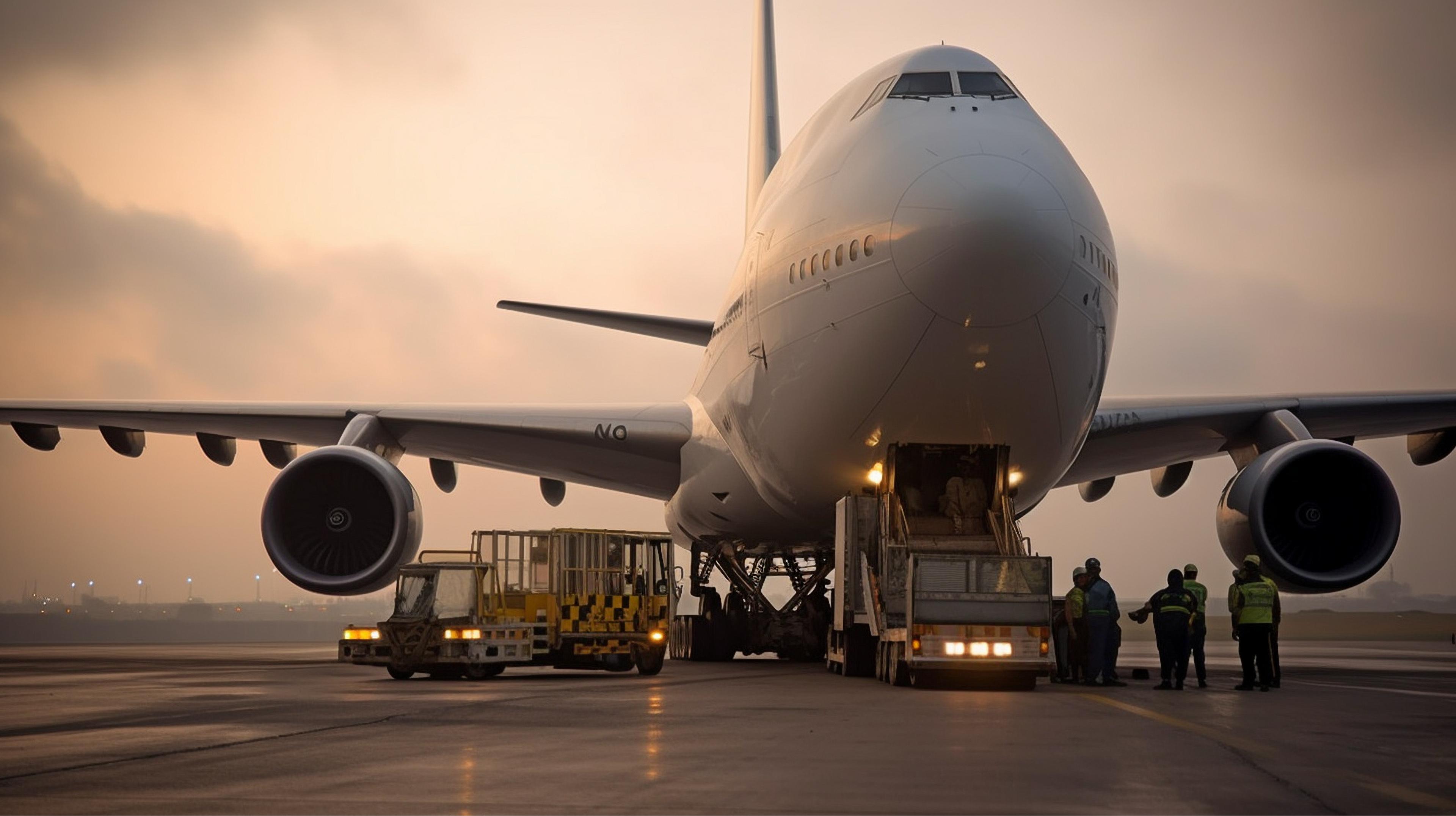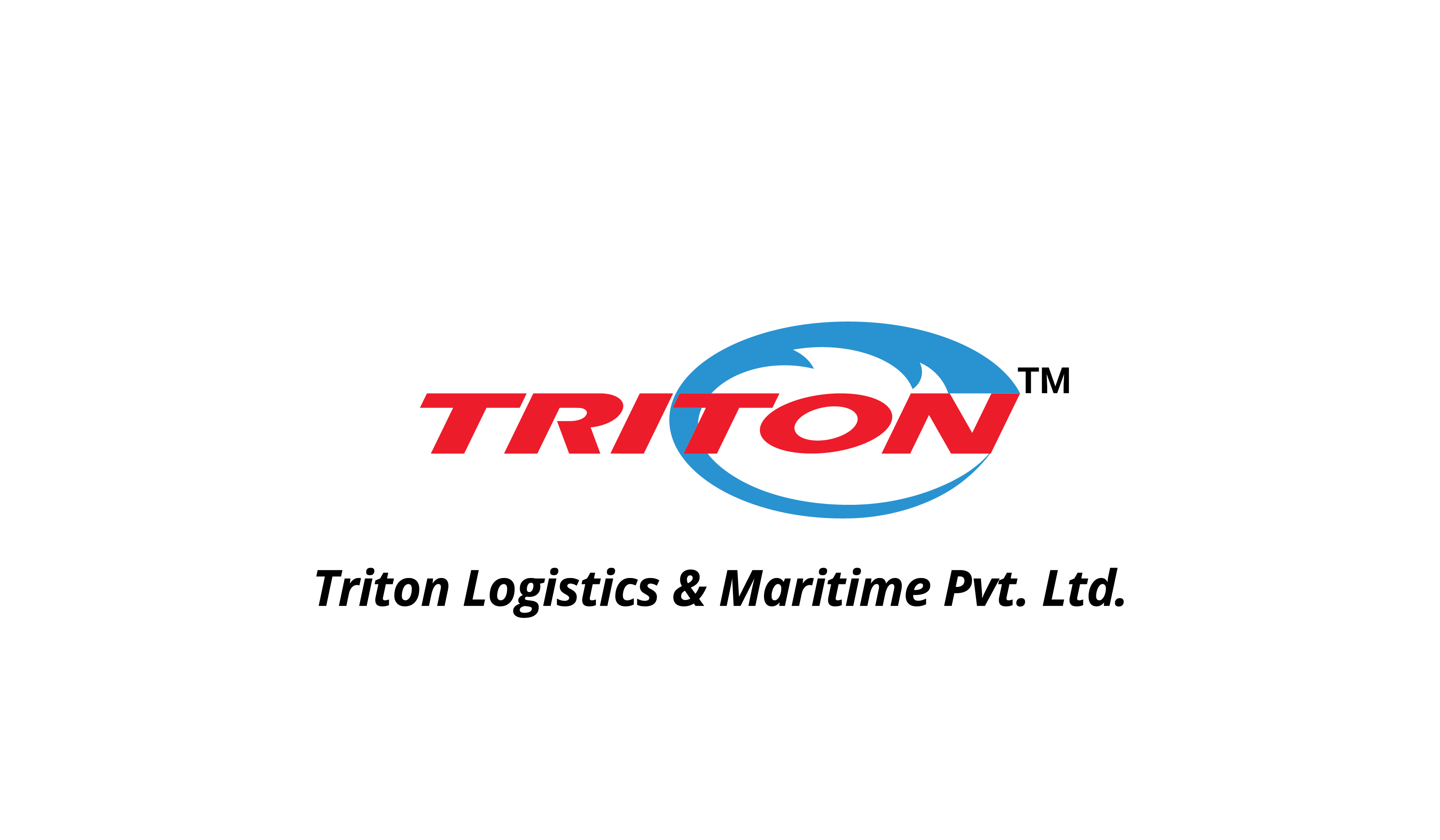Air freight is a vibrant component of contemporary logistics that allows for rapid modes of shipping goods across continents within a global economy that is exceptionally interconnected. Businesses face time-sensitive demands and an increasingly complex supply chain, which air provided methods help with, that provide the fastest way to transport essential shipments. This guide will help you better understand the essentials of air freight including its advantages, what types of shipments are ideal, how it compares to your alternatives and some recent developments to help actions on the air freight topic and help product suppliers and customers to help in decision-making process.

Defining Air Freight in Logistics
Air freight is the transportation of goods using commercial aircraft, whether cargo planes or passenger aircraft’s hold, from small parcels to large equipment. It provides expedited transport ensuring goods travel efficiently over long distances, completing international travel typically within days not weeks. The advantage of air freight is the ability to overfly ground transportation limitations by delivering directly to or into remote areas or landlocked areas with airports.
In summary, air freight is driven by speed and reliability, especially for industries where delays would result in a needless loss of what is likely to be continuous loss.
Advantages of Air Freight
Air freight provides unique operating benefits that increase agility into your supply chain. Here are some of the major benefits:
- Unparalleled speed: You can relocate goods by air, on average, within one to three days, which enhances unique delivery capabilities not available with slower transit services in urgent situations.
- Increased security and lower risk of theft with air freight due to tracking capabilities and a controlled environment during shipment.
- Reliable schedules indicating minimal disruption gives shippers more confidence when responding to tight deadlines while improving customer satisfaction.
- Reduced cost of inventory holding through on-time replenishment so shippers can control their cash flow and free up warehouse space.
- International reach connecting shippers to destinations in increased speeds, which allows shippers to become more responsive in times of uncertainty.
Each of these features allows shippers to utilize air freight as a tool for critical logistics.
When to opt for Air Freight
Opting air freight service is based on the transport capabilities on both the cargo and business requirements. Air freight is preferred when time is a critical element or in need of protection. Factors that influence air freight include:
- Shipping that is in a timeframe sensitive: Perishables, medical products, or seasonal stock where time delays can lead to spoilage or lost sales.
- Valuable or sensitive products: Electronics, drugs, or development stage prototypes where the number of times they are handled affects condition.
- Market demand: For example, if it was a sudden market demand on a newer region/country.
- Outbound volumes less than bulk that have no economy of scale of go to bulk shipping.
- Global or local geopolitical, transport or infrastructure challenges where are option (air freight) can avoiding other potential capacity and short/long delays in road/sea transport.
Based on a complete evaluation of the above-mentioned factors, logistics managers can deploy air freight when necessary based on requirements for time-sensitive expedited shipment needs while maintaining competitive stance.
Air Freight Versus Ocean Freight: A Comparative View
Although air freight is much quicker than ocean freight, ocean freight is greater in terms of volume and cost, creating a trade-off for shippers. Air transportation will always cost more per unit (often several times more) but it takes much less time, as much as 30 times less, to deliver a shipment than to ship it by ocean liner. Ocean transport is appropriate for bulk commodities that have longer lead times and have a much lower carbon footprint per ton-mile. Air freight has a higher carbon footprint and is useful for urgent, lower volume shipments.
The advantages of air over ocean include speed and reliability for time-sensitive cargo. Air may be costlier and cannot carry as much weight relative to an ocean vessel, which will be needed for larger shipments. The ocean freight advantage is economic scalability, as goods can be exposed to the risks of longer transit times and more weather delays than air freight. The trade-off between time and cost plays the most central role, with air being ideal for high-margin shipments and ocean transport for bulk needs that are cost-per-pound driven.

Air Freight Update on Recent Data and Trends that are Impactful for 2025
The air freight industry entered 2025 with some momentum after months of double-digit demand growth, but expectations should temper growth to around four to six percent a year due in mainly to capacity constraints. The global air freight market was valued at 319.4 billion dollars in 2024, and expected to climb to 492.7 billion dollars by 2033, with a compound annual growth rate of about 4.9 percent, driven mainly by resilient trade.
Some notable trends include:
- Demand is exceeding supply, with volume growth of six to ten percent compared to capacity increases of four to five percent, which may tighten rates.
- The sustainability push combined with shifting policies, such as tariffs, may impact routes and costs in the second half of the year.
- Technology integration, such as improved tracking options, in the facilities to drive efficiencies in light of growing volume.
These trends indicate that the air industry has matured to respond to economic and environmental demands.

Conclusion
Air freight elevates the logistics transportation chain by providing speed and precision that other transportation modes have difficulty accomplishing, which is indispensable to time-critical and high-value cargo. With steady growth and initiatives to innovate established in 2025, businesses that methodically adopt air options will prevail in globalizing challenges. The key is to periodically assess cargo needs against the air freight value proposition, optimizing costs, service, and speed when warranted – which fosters a sense of resilience and responsiveness in supply chains.
Partner up with Triton Maritime and Logistics for smooth logistics service.




